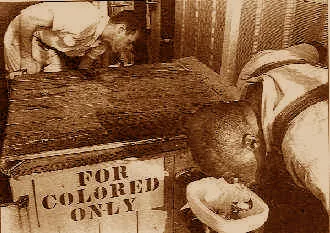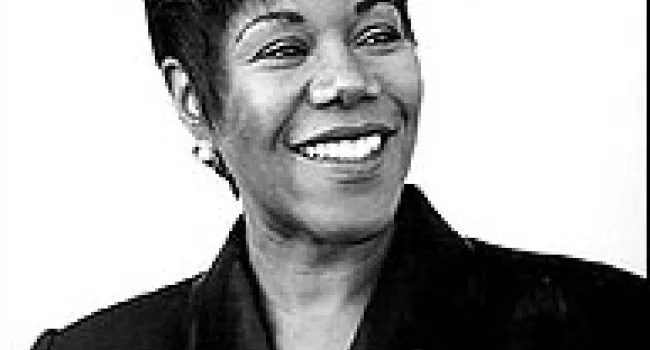
Ruby was born in 1954. At the time, African-American children and white children had to attend separate schools. Segregation, or the separation of African American and white people, was practiced by law. Schools were not the only segregated areas in Ruby's community. Ruby and her family had to use separate drinking fountains, bathrooms, and buses. Many of the schools and facilities available to African American citizens were not as good as those for white citizens. Ruby's mother did not want Ruby to attend a segregated school because the white school in the neighborhood was closer and better equipped. Mrs. Bridges believed that with a better education, Ruby would have more opportunities.
Segregation meant that African Americans used separate schools, drinking fountains, bathrooms and buses.
Standards
- 5.4.CE Analyze the causes and impacts of social movements in the U.S. and South Carolina.
- This indicator was designed to foster inquiry into the role of South Carolina in the Modern Civil Rights Movement, to include the influence of court cases such as Briggs v. Elliot and Flemming v. South Carolina Electric and Gas. This indicator was also developed to promote inquiry into the relationship between national leadership, protests, and events and South Carolina leadership, protests and events, such as the Friendship Nine and the Orangeburg Massacre.
- This indicator was developed to encourage inquiry into thematic continuities and changes into how marginalized groups sought and won legal rights. Inquiry into the leadership, methods, and outcomes of modern equal rights movements are supported by this indicator.
Ruby nació en 1954. En ese tiempo, los niños Afroamericanos y los niños Blancos tenían que asistir a escuelas separadas. La segregación, o la separación de los Afroamericanos y Blancos, se practicaba por ley. Las escuelas no eran las únicas áreas segregadas en la comunidad de Ruby. Ruby y su familia tuvieron que usar fuentes de agua, baños y autobuses separados. Muchas de las escuelas e instalaciones disponibles para los ciudadanos Afroamericanos no eran tan buenas como las de los ciudadanos Blancos. La madre de Ruby no quería que Ruby asistiera a una escuela segregada porque la escuela de Blancos en el vecindario estaba más cerca y mejor equipada. Bridges creía que con una mejor educación, Ruby tendría más oportunidades.
La segregación significaba que los Afroamericanos tenían que usar escuelas, fuentes para beber, baños y autobuses separados.



